The Peróns’ rise to power in Argentina transformed the nation’s political landscape. Through their populist policies, Juan and Eva championed social justice and empowered the working class, creating a legacy that still resonates today. Yet their authoritarian tendencies and allegations of corruption have led to ongoing debates about the nature and legacy of Peronism. To understand this complex movement, one must explore its multifaceted history and the enduring influence of Evita’s symbolic legacy.
Key Points

-
Juan Perón’s rise to power in the 1930s and 1940s, marked by his involvement in a military coup and populist policies for the working class.
-
Evita Perón’s legacy as a champion of social justice, her advocacy for the poor, and her lasting impact on Argentine culture.
-
Peronist philosophy rooted in economic nationalism and social justice, empowering the working class and reshaping political discourse in Argentina.
-
Prominent Peronist landmarks and monuments, such as the Evita theme bar and the Evita Perón Museum, reflecting the political and cultural history of the movement.
-
Controversies and complexities surrounding Peronism, including allegations of authoritarianism, corruption, and divisive effects on Argentina’s political stability.
The Rise of Juan Peron
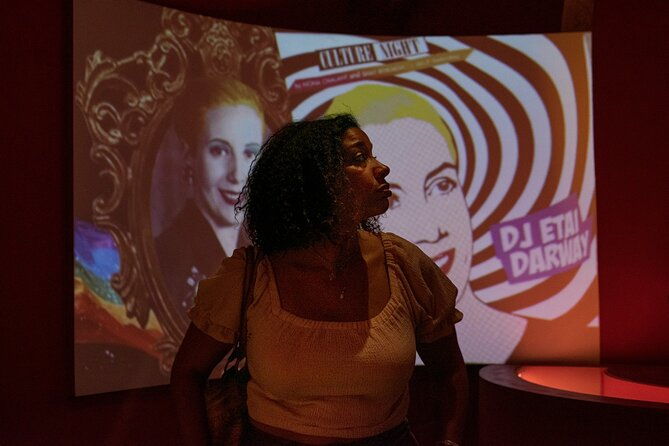
Although Juan Peron’s rise to power in Argentina was gradual, his political influence began to grow in the 1930s.
As a colonel in the Argentine army, Peron became involved in the military coup that overthrew the government in 1943. He quickly rose through the ranks, eventually becoming the Minister of Labor and Welfare.
Peron’s populist policies, which aimed to improve the lives of the working class, earned him widespread support from the people.
In 1946, he was elected President, ushering in a new era of Peronist rule that would dominate Argentine politics for decades.
Looking for more options in Buenos Aires? We've reviewed plenty of other experiences.
The Legacy of Evita Peron

Evita Peron, the wife of President Juan Peron, left an indelible mark on Argentina’s history.
Her tireless efforts to advocate for the poor and working class cemented her legacy as a champion of social justice.
Though her time was cut short by illness, Evita’s influence lived on through the Peronist movement, which continued to shape Argentina’s political landscape.
Today, her image remains a powerful symbol, inspiring both devotion and controversy.
Evita’s story is one of passion, political savvy, and a lasting impact that continues to captivate audiences worldwide.
The Peronist Philosophy and Its Influence
The Peronist philosophy, championed by Juan Perón and his wife Evita, had a profound impact on Argentina’s social and political landscape.
Rooted in economic nationalism and social justice, Peronism sought to empower the working class and challenge the established oligarchy.
Evita’s passionate advocacy for the "shirtless ones" resonated deeply, and Perón’s populist policies, like nationalization of industries and worker protections, cemented his support among the masses.
Evita’s ardent championing of the working class and Perón’s populist policies solidified his support among the masses.
Though criticized by opponents as authoritarian, Peronism’s enduring legacy lies in its ability to mobilize the marginalized and reshape Argentina’s political discourse.
Landmarks and Monuments of Peronism
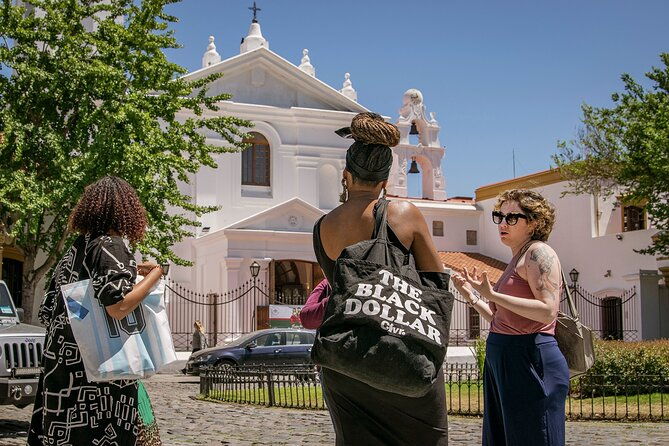
Buenos Aires boasts a rich tapestry of landmarks and monuments that pay tribute to the enduring legacy of Peronism.
Visitors can explore the Evita theme bar, which celebrates the life and impact of Eva Peron, the iconic first lady.
Nearby, the Plaza de Mayo hosts towering Peron monuments, while the Evita Peron Museum offers an in-depth look at her pivotal role in the Peronist movement.
These sites provide unique insights into the powerful influence of Peronism, allowing travelers to enjoy the political and cultural history that shaped modern Argentina.
The Lasting Impact of the Peronist Movement

Though Evita Peron’s charismatic leadership and the Peronist movement’s populist policies had a profound impact on Argentina’s political and social landscape, their lasting influence extended far beyond the country’s borders.
Peronism inspired political movements worldwide, from Latin America’s left-wing populism to the "Third Way" approach adopted by global politicians. Its emphasis on social justice, wealth redistribution, and the empowerment of the working class resonated globally.
Even decades after Evita’s death, the Peronist legacy continued shaping Argentina’s politics, with the movement’s principles upheld by successive administrations.
Its enduring impact underscores the profound sociopolitical transformation it catalyzed.
The Controversy and Complexities of Peronism
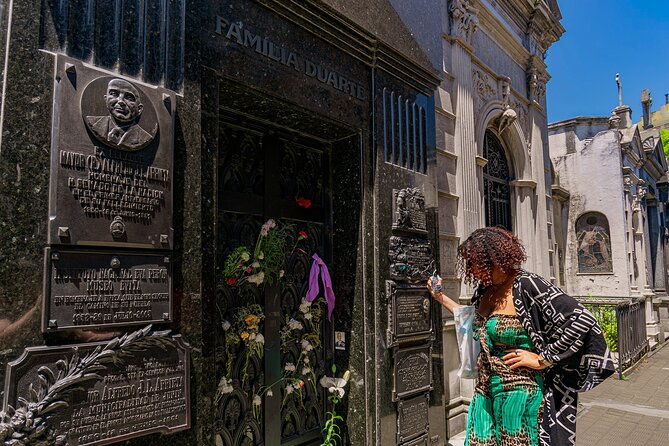
While Peronism’s populist policies and Evita’s charismatic leadership had a profound impact on Argentina, the movement’s legacy remains a subject of ongoing controversy and complexity.
The key issues surrounding Peronism include:
-
Its authoritarian tendencies and suppression of political opposition.
-
The cult of personality around Perón and Evita, which some view as a form of demagogy.
-
Allegations of corruption and nepotism within the Peronist government.
-
Divisive and polarizing effects on Argentine society, contributing to political instability and military interventions.
Ultimately, Peronism’s enduring influence and continued relevance in Argentina’s politics underscores its multifaceted and contested legacy.
Exploring the Evita Peron Museum and Legacy
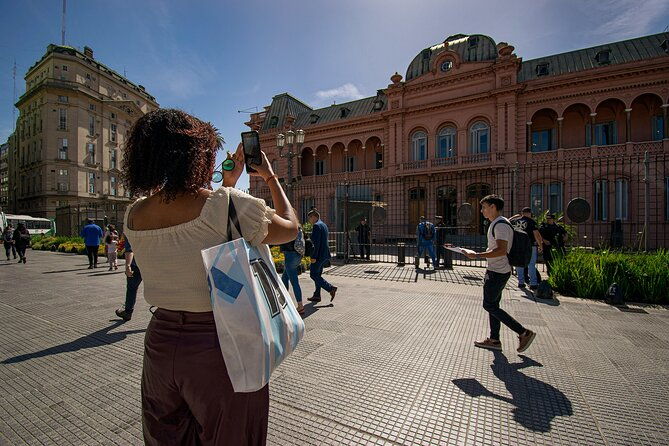
As visitors step into the Evita Peron Museum, they’re immediately immersed in the captivating life and legacy of this iconic figure. The museum’s exhibits chronicle Evita’s rise from humble beginnings to become a beloved champion of the working class. Visitors can explore:
| Exhibit | Description | Highlights |
| — | — | — |
| Early Life | Evita’s childhood and path to political activism | Photographs, personal artifacts |
| Peronist Movement | Evita’s role in shaping Peronism | Audiovisual displays, political memorabilia |
| Humanitarian Work | Evita’s social welfare initiatives | Interactive exhibits, testimonials |
| Legacy and Influence | Evita’s enduring impact on Argentina | Multimedia presentations, art installations |
The museum offers a comprehensive, immersive experience that illuminates Evita’s enduring significance in Argentine history and culture.
Frequently Asked Questions
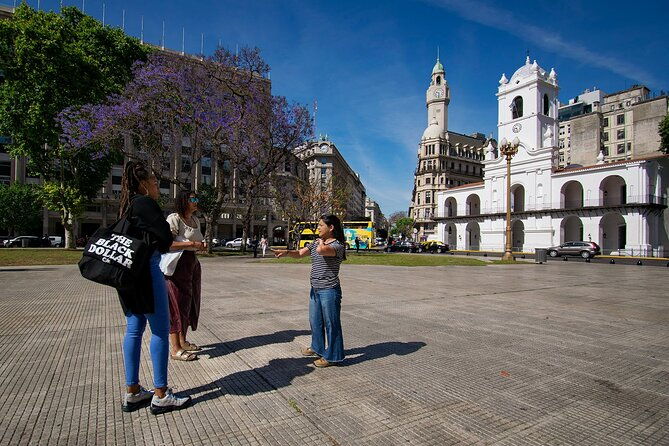
How Can I Book This Peronism and Evita Peron Tour?
You can book this Peronism and Evita Peron tour through the provider’s website. The tour is priced from $292 per person and offers free cancellation up to 24 hours before the experience. Reserve now and pay later option is available.
What Are the Accessibility Options for the Tour?
The tour offers excellent accessibility features, including wheelchair and stroller access, as well as the ability to accommodate service animals. It’s conveniently located near public transportation for easy access.
Are There Any Discounts or Special Offers Available?
The tour doesn’t seem to offer any discounts or special offers listed. However, the pricing is flexible based on group size, and there’s a reserve now, pay later option available to provide some flexibility.
Can the Tour Itinerary Be Customized to My Preferences?
Yes, the tour itinerary can be customized to your preferences. The tour overview states the itinerary is "tailored to group preferences," allowing you to personalize the experience.
How Reliable Are the Tour Reviews and Ratings?
The tour’s 5.0 rating based on 1 positive review suggests it’s a reliable and highly-rated experience. With no negative reviews, the tour seems to consistently exceed customer expectations, making it a trustworthy option for exploring Evita Peron and Peronism in Buenos Aires.
The Sum Up
The Peronist movement‘s enduring influence in Argentina has been shaped by the charismatic leadership of Juan and Eva Perón. While their legacy remains complex and controversial, the Peronists’ championing of social justice and empowerment of the working class continues to resonate with the public. The Evita Peron Museum stands as a testament to her enduring symbol of hope and advocacy for the marginalized, inspiring generations of Argentinians.
More Private Tours in Buenos Aires
- Best of Buenos Aires Private Walking Tour
- Private Guided Walking Tour Plaza De Mayo & Historical Area
- Buenos Aires: Private Guided Walking Tour of Recoleta Cemetery
- Buenos Aires: Classic Private City Tour
- Private Sightseeing Ride of Buenos Aires: 2, 4, or 8 Hours.
- Buenos Aires: Private City Tour With Hotel Pickup
More Tours in Buenos Aires
- Buenos Aires: Palermo Guided Craft Beer Tour With Snacks
- BA: Wine Tour With 5 Tasting Stops in the Heart of Palermo
- Maradona Tour: Murals, Chapel, Stadium, Museum, Casa D10S
- Buenos Aires: Boca Juniors and River Plate Football Tour
- Guided Tour Boca Juniors Museum & Stadium + Caminito
- Buenos Aires: Palermo Foodie Walking Tour
More Tour Reviews in Buenos Aires
- Buenos Aires: Palermo Guided Craft Beer Tour With Snacks
- BA: Wine Tour With 5 Tasting Stops in the Heart of Palermo
- Maradona Tour: Murals, Chapel, Stadium, Museum, Casa D10S
- Buenos Aires: Boca Juniors and River Plate Football Tour
- Guided Tour Boca Juniors Museum & Stadium + Caminito
- Buenos Aires: Palermo Foodie Walking Tour
Still browsing? Here are more Buenos Aires experiences we've covered recently
- Buenos Aires: Palermo Guided Craft Beer Tour With Snacks
- BA: Wine Tour With 5 Tasting Stops in the Heart of Palermo
- Maradona Tour: Murals, Chapel, Stadium, Museum, Casa D10S
- Buenos Aires: Boca Juniors and River Plate Football Tour
- Guided Tour Boca Juniors Museum & Stadium + Caminito
- Buenos Aires: Palermo Foodie Walking Tour
- Buenos Aires: 9-Course Argentine Meat Tasting at Fogón Asado
- From Buenos Aires: Gaucho and Ranch Day Tour
- Buenos Aires: Argentine Barbecue With Live Music
- Buenos Aires: Classic History and Culture Motorcycle Tour
- Cultural Walking Tour of 3 Hours Through the History of Tango
- Buenos Aires: a Photo Session in Colors and Stories.
